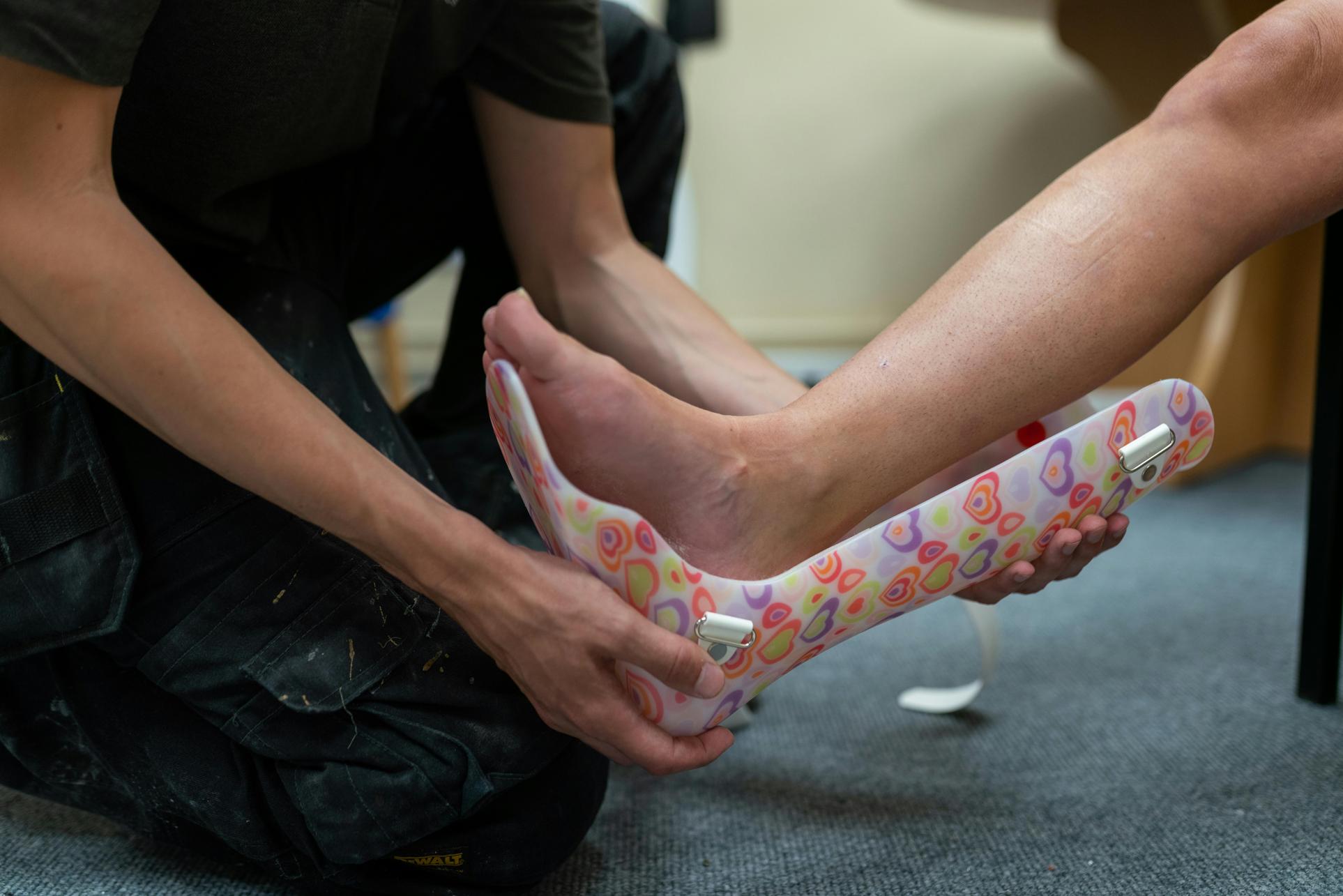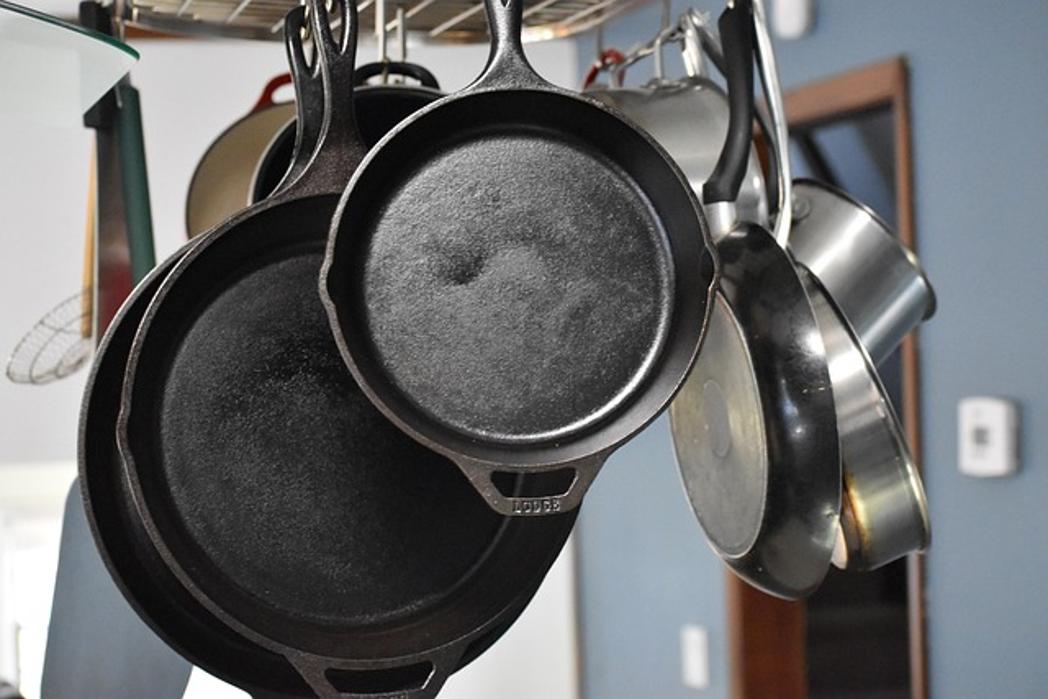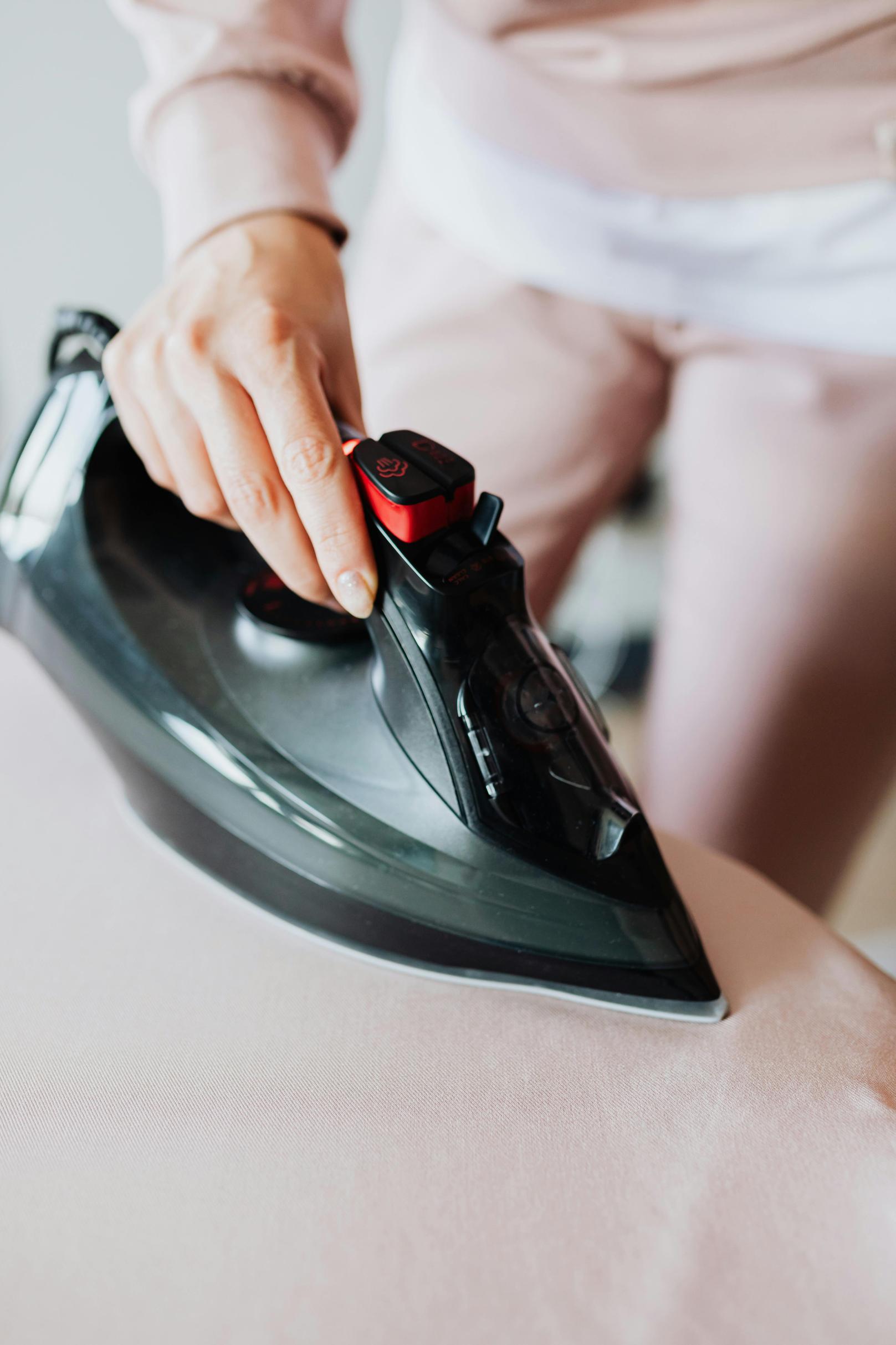Introduction
A cast iron skillet is a versatile kitchen tool that, with the right care, can last a lifetime. Knowing how to care for a cast iron skillet properly ensures it remains a reliable and valuable part of your cooking arsenal. This guide will walk you through the essential steps to season, clean, use, and store your skillet to maintain its longevity and optimal performance.

Initial Seasoning: The First Step to Longevity
Seasoning is the foundation of cast iron care. Without a proper initial seasoning, your skillet can rust and lose its non-stick qualities. Here’s how to season your skillet the right way:
- Wash and Dry: Start by washing the skillet with mild soap and water to remove any factory residue. Thoroughly dry it with a clean cloth or paper towel.
- Apply Oil: Coat the entire skillet, including the handle, with a thin layer of vegetable oil or melted shortening. Use a cloth to ensure even distribution.
- Bake: Preheat your oven to 375°F (190°C). Place the skillet upside down on the middle oven rack. Use foil or a baking sheet to catch any drips.
- Cool Down: Bake the skillet for one hour. Turn off the oven and let the skillet cool inside to room temperature.
Initial seasoning creates a protective coating, making your skillet non-stick and rust-resistant. Regular seasoning will further enhance this protective layer.

Daily Use: Keeping Your Skillet in Top Shape
Using your cast iron skillet daily doesn’t just improve its performance—it also continually seasons it. To keep your skillet in top shape, follow these tips:
- Preheat Gradually: Always preheat your skillet slowly before adding food. This helps prevent warping.
- Use Fat: Cooking with fats like oil or butter helps maintain the seasoning. Avoid cooking acidic foods (like tomatoes) frequently, as they can degrade the seasoning.
- Avoid Metal Utensils: Use wooden, silicone, or plastic utensils to avoid scratching the surface.
Regular use of your skillet naturally builds up layers of seasoning, making it more non-stick over time. It also adds to the skillet’s overall durability, ensuring it lasts through countless meals.
Cleaning Your Cast Iron Skillet
Cleaning a cast iron skillet requires a bit of care but is straightforward. Follow these steps:
- Allow to Cool: After cooking, let the skillet cool slightly, but not completely.
- Scrape Off Residue: Use a brush or scraper to remove any food residue.
- Clean: Wipe the skillet clean with a cloth. If necessary, you can use a small amount of water and a brush. For stubborn residue, boil a little water in the skillet to loosen it.
- Dry Thoroughly: Immediately dry the skillet with a cloth or place it on a low burner to evaporate moisture.
- Oil Lightly: Apply a thin layer of oil to the skillet when it’s still warm. This helps maintain the seasoning and readies the skillet for the next use.
Cleaning your cast iron skillet properly ensures it remains rust-free and its seasoning intact, extending its useful life considerably.
Reseasoning: When and How to Do It
Despite your best efforts, there will be times when your skillet needs a reseasoning. This could be due to rust spots, food sticking, or a dull surface. Here’s how to reseason your skillet:
- Clean Thoroughly: Scrub the skillet with steel wool to remove the old seasoning.
- Rinse and Dry: Rinse well and dry thoroughly using a cloth or by heating it on a stovetop.
- Apply Oil and Bake: Coat the skillet with a thin layer of oil and bake at 375°F (190°C) for an hour. Let it cool in the oven.
Regularly check your skillet for signs it might need reseasoning. Maintaining a strong seasoning layer ensures your skillet remains non-stick and rust-resistant.
Storing Your Skillet: Avoiding Rust and Damage
Proper storage of your cast iron skillet is crucial to prevent rust and damage. Here are some tips for storing it the right way:
- Keep Dry: Ensure the skillet is completely dry before storing. Any moisture can lead to rust.
- Store in a Dry Place: Store your skillet in a dry environment. Avoid keeping it in damp places like under the sink.
- Protect from Scratches: Place a paper towel or cloth between stacked skillets to prevent scratches.
By storing your skillet properly, you prevent rust and potential damage, allowing it to remain in excellent condition for years.

Conclusion
Caring for a cast iron skillet might seem intimidating at first, but with the right approach, it becomes a simple and rewarding routine. From initial seasoning to proper daily use, cleaning, reseasoning, and storage, each step ensures your skillet remains a reliable kitchen companion. Follow this guide to enjoy perfectly cooked meals and maintain your skillet’s longevity and performance.
Frequently Asked Questions
How often should I season my cast iron skillet?
Season your cast iron skillet whenever you notice food sticking, rust spots, or a dull surface. Regular use with oily foods naturally helps maintain the seasoning.
Can I use soap to clean my cast iron skillet?
Yes, you can use a small amount of mild soap occasionally. Ensure thorough rinsing and drying afterward to maintain the seasoning.
What should I do if my skillet becomes rusty?
If your skillet becomes rusty, scrub it with steel wool to remove the rust and then reseason it. Proper maintenance and storage will help prevent future rusting.
